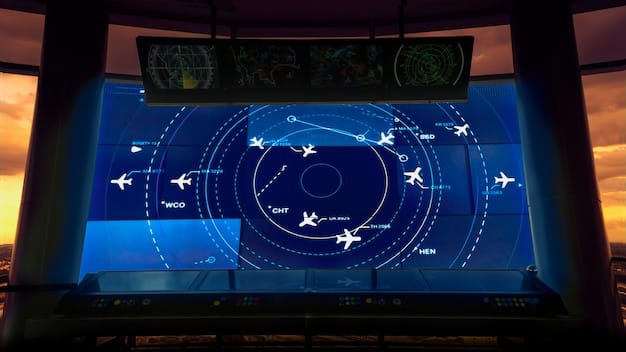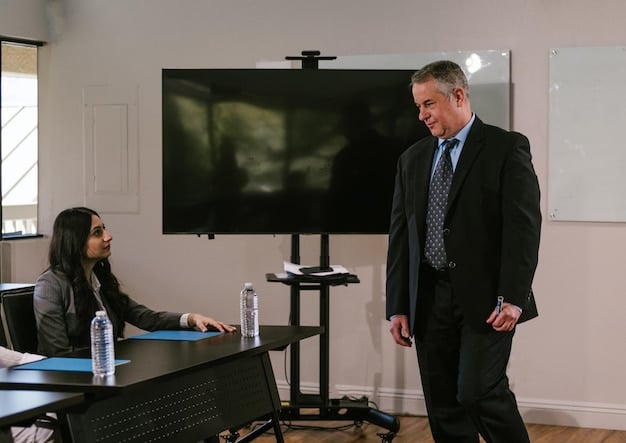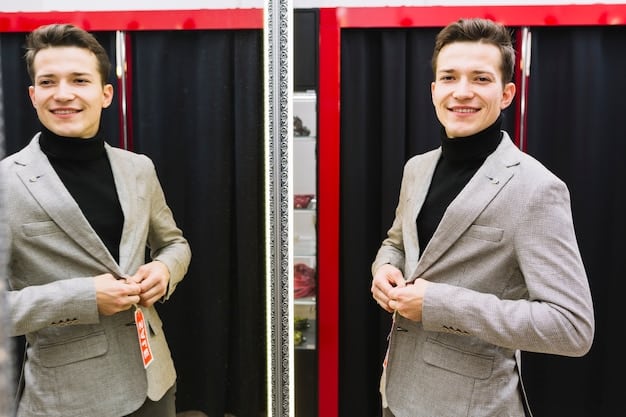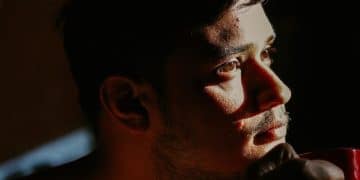Decoding the Premiere: A Comprehensive Guide to Pilot Episodes

Decoding the Premiere involves analyzing the initial episode of a TV show to understand its objectives, introduce characters, establish the setting, and set the tone for the entire series.
Decoding the Premiere can be an insightful exercise for viewers and critics alike, providing a foundation for understanding the narrative direction and potential of a television series. This article explores what viewers should look for when dissecting a pilot episode.
Understanding the Premiere’s Purpose
The premiere episode of any TV show serves a vital dual purpose: capturing an audience and establishing the foundation for the narrative to come. It’s a complex juggling act where the show must introduce characters, set the scene, and hint at future storylines, all while being entertaining enough to keep viewers engaged.
Introducing the Main Characters
One of the primary goals of a premiere is to introduce the main characters. This isn’t just about putting faces on the screen but also about giving viewers insight into who these characters are, what motivates them, and how they relate to each other.
Establishing the Setting
The setting is more than just a backdrop; it’s a character in itself. A premiere episode must establish the when and where of the story, providing context that shapes the narrative and influences character behavior. Whether it’s a bustling city, a quiet town, or a fantastical world, the setting is key to the show’s identity.

In the end, understanding the purpose of the premiere is fundamental to understanding the show itself. It is the foundation upon which the entire series is built, and a careful analysis can reveal much about the show’s goals and potential.
Key Elements to Analyze
Analyzing a premiere involves looking at several key elements that contribute to the episode’s overall impact and effectiveness. These elements range from the plot and character development to the visual style and pacing.
- Plot Introduction: How does the premiere set up the main storyline? Is there a clear conflict or mystery introduced?
- Character Arcs: Are there hints of future character growth or changes? How do the characters evolve within this single episode?
- Thematic Elements: What are the underlying themes or messages that the show is trying to convey?
By examining these elements, viewers can gain a deeper understanding of what the show is trying to accomplish and whether it is succeeding.
First Impressions Matter
The saying “you only get one chance to make a first impression” holds particularly true for television premieres. A strong premiere can generate buzz and attract a loyal audience, while a weak one can lead to quick cancellation.
The first few minutes of a premiere are crucial. They need to grab the viewer’s attention and establish the tone for the series. This can be done through compelling opening scenes, intriguing character introductions, or a well-crafted hook that leaves the audience wanting more.

Pacing and Structure
The pacing of a premiere is also critical. Too slow, and viewers may lose interest; too fast, and they may feel overwhelmed. The structure of the episode should balance exposition with action, providing enough information to understand the story without sacrificing entertainment value.
Forecasting the Series’ Potential
While a premiere can be a good indicator of a show’s potential, it’s important to remember that it’s just one episode. A lot can change as the series progresses, and a weak premiere doesn’t necessarily mean the show is doomed.
Successful series often iterate on their initial offerings, refining the characters, storylines, and overall tone based on audience feedback and creative vision. Therefore, premiers can set expectations, but success is often determined by the ability to adapt and grow.
Analyzing Dialogue and Its Impact
Dialogue is a critical component of the premiere and the following series, revealing character dynamics and further developing the plot. The efficiency and sharpness of the writing can make an episode more impactful and compelling.
Subtext and Foreshadowing
Great dialogue often contains subtext, where what is not said is just as important as what is. Skilled writers use dialogue to hint at future events or reveal hidden aspects of a character’s personality. This technique keeps the audience engaged and encourages them to read between the lines.
Overall, the dialogue in a premiere episode serves as a window into the world of the show, providing crucial insights into the characters, plot, and themes.
Visual Storytelling in Pilot Episodes
Visual storytelling is a powerful tool that filmmakers use to convey meaning and emotion through images, camera angles, and set design. In the context of pilot episodes, visual storytelling is essential for setting the tone, introducing characters, and establishing the world of the show. It does not rely on dialogue or exposition but instead uses purely visual elements to engage the viewer.
Costume design also plays a vital role in visually defining characters. The clothes they wear and the way they are styled can communicate a great deal about their social status, personality, and emotional state.
Long-Term Expectations
Setting long-term expectations is a critical part of a well-executed premiere. Viewers should leave an episode with a clear sense of what the show is about and what they can expect from future episodes. This can be achieved through various means, including plot hints, character arcs, and thematic elements.
Premier episodes are the initial step in what content creators hope will be a long, successful journey. Building a strong foundation requires great preparation and implementation.
| Key Aspect | Brief Description |
|---|---|
| 🎬 Character Introductions | Understanding the main characters: motivations, relationships, and backstories. |
| 🌍 Setting | The environment as a character, influencing narrative and character behavior. |
| 🎯 Plot Introduction | Establishing core storylines and potential conflicts for upcoming episodes. |
| ✨ Visual Storytelling | Analyzing how visuals contribute to setting the tone and world-building. |
Frequently Asked Questions
▼
The main goal of a TV premiere is to capture audience attention while introducing the series’ premise, characters, and setting. It sets the tone and groundwork for following episodes.
▼
Character introductions are crucial because they are the first glimpse viewers get of the people they will follow throughout the series. Strong character introductions establish empathy and connection.
▼
The setting provides context that shapes conflicts, motivations, and interactions. It visually and conceptually sets the stage and also adds depth and authenticity to the story.
▼
Dialogue in premieres establishes character voices, informs viewers of plot details, and conveys essential information efficiently. Good dialogue can also hint at deeper narratives and add suspense.
▼
Forecasting a show’s success involves evaluating how well it sets up plotlines, how engaging the character introductions are, and the initial audience reception. However, premiers can be misleading, so make sure to follow up with later episodes.
Conclusion
Ultimately, decoding a premiere involves a holistic approach, considering everything from character introductions and plot setups to visual storytelling and long-term expectations. A well-crafted premiere not only captivates viewers but also lays a solid foundation for a series with depth that rewards continued viewership.





